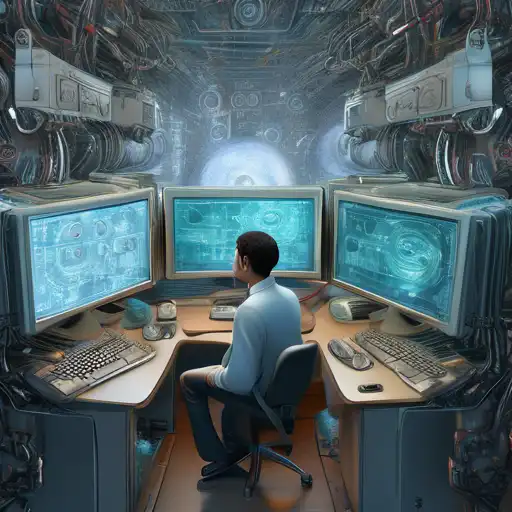Empowering Machines with Sight: The Evolution of Computer Vision
In the realm of artificial intelligence, computer vision stands as a groundbreaking technology that enables machines to interpret and understand the visual world. By mimicking human vision, computers can now recognize objects, faces, and even emotions, transforming industries and everyday life.
Understanding Computer Vision
At its core, computer vision is a field of AI that trains computers to interpret and make decisions based on visual data. This involves capturing images or videos from the real world, processing them, and extracting meaningful information. The technology relies heavily on machine learning and deep learning algorithms to improve accuracy over time.
Key Applications of Computer Vision
Computer vision has a wide range of applications across various sectors. Here are some of the most impactful ones:
- Healthcare: From diagnosing diseases through medical imaging to assisting in surgeries, computer vision is saving lives.
- Automotive: Self-driving cars use computer vision to navigate roads, recognize traffic signs, and avoid obstacles.
- Retail: Automated checkout systems and inventory management are revolutionizing the shopping experience.
- Security: Facial recognition technologies enhance security measures in public spaces and online platforms.
The Technology Behind Computer Vision
Computer vision systems process visual data in several steps. First, they capture images through cameras or sensors. Then, they use algorithms to detect patterns, edges, and features. Advanced models, such as convolutional neural networks (CNNs), are trained on vast datasets to recognize objects and scenes with high precision.
Challenges and Future Directions
Despite its advancements, computer vision faces challenges like varying lighting conditions, occlusions, and the need for massive datasets. However, ongoing research in AI and computational power is paving the way for more robust and versatile systems. The future may bring even more sophisticated applications, such as real-time emotion detection and enhanced augmented reality experiences.
Conclusion
Computer vision is a transformative technology that's teaching machines to see and understand the world around us. Its applications are vast and growing, offering solutions that were once considered science fiction. As technology evolves, the potential for computer vision is limitless, promising to further bridge the gap between human and machine perception.
